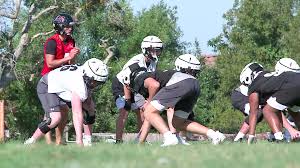"Get ready to cheer, Texas! The battle on the gridiron is heating up as we dive into the nail-biting regional semifinal playoffs. In this thrilling blog post, we've got all the action-packed scores from Friday, Nov. 24th's heart-pounding clash of titans in high school football. From breathtaking touchdowns to incredible comebacks, join us as we relive every electrifying moment and celebrate the unwavering spirit of these young athletes who put it all on the line for glory. So grab your foam fingers and settle in – let's delve into a night that showcased true grit, determination, and a touch of magic!"
Enabling loopback connections in WordPress means making sure your server can make HTTP requests to itself (e.g., calling https://yoursite.com/wp-cron.php from within itself). Loopback is required for: WP-Cron jobs Plugin/theme editors (to verify file write permissions) Some site health checks ( Tools > Site Health ) Automatic updates ✅ What Is a Loopback Request? A loopback is when your WordPress site tries to request a URL from itself using tools like wp_remote_get() or fsockopen() . For example: $response = wp_remote_get ( home_url ( '/wp-cron.php' ) ); If this fails, you might see warnings in Tools > Site Health like: “Your site could not complete a loopback request.” 🛠 How to Enable Loopback Requests Here are the key steps depending on your hosting/server setup: ✅ 1. Make Sure localhost or Domain Resolves Internally Check your server can resolve requests to itself. Use this quick PHP script: Create a file test-loopback.php i...

Comments
Post a Comment